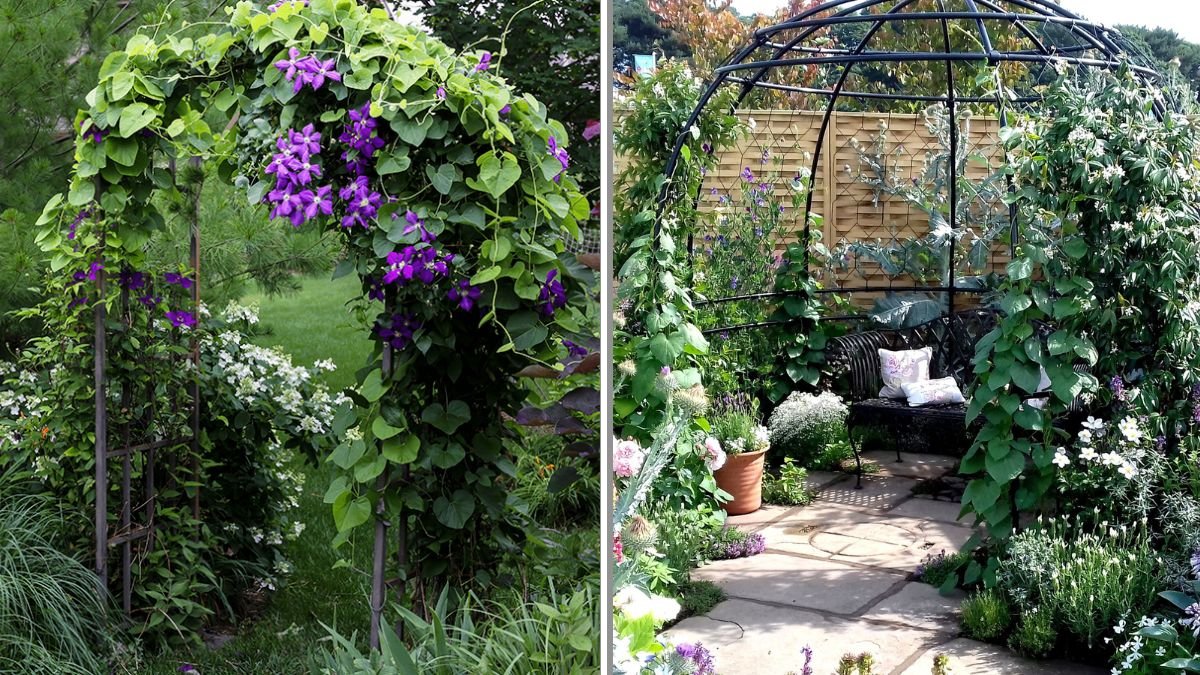Climbing vegetables like beans, cucumbers, peas, and squashes are nature’s architects. They stretch upward, seeking sunlight, and reward gardeners with bountiful harvests if given the right support. Without sturdy structures, however, these crops sprawl on the ground, making them more prone to pests, diseases, and tangled growth.
The solution? Garden structures designed to support their upward habit. Choosing the right structure can make your garden more productive, organized, and visually appealing. In this article, we’ll explore the best structures for supporting climbing veggies—covering their benefits, design options, and practical tips for using them effectively.
Why Climbing Veggies Need Support
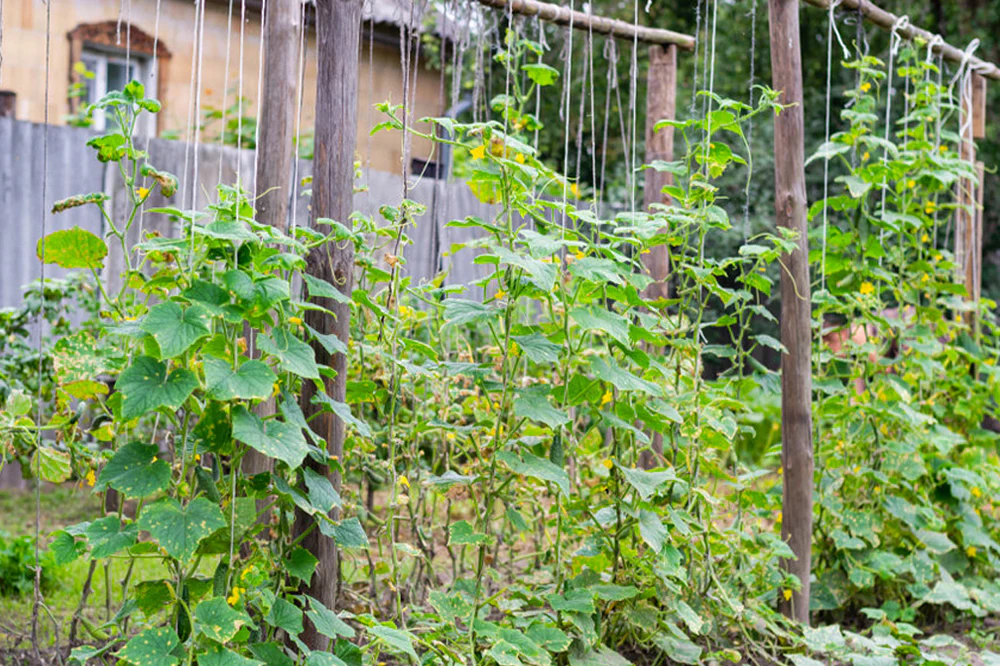
- Healthier Plants – Elevating plants improves air circulation, reducing fungal diseases like powdery mildew.
- Better Harvests – Fruits grow straighter and cleaner when kept off the ground.
- Space Efficiency – Vertical growing makes the most of limited garden space.
- Ease of Harvest – Supported plants are easier to pick from than ground-level vines.
- Garden Aesthetics – Vertical structures add beauty, height, and interest to a garden layout.
1. Trellises
Trellises are the go-to structure for climbing vegetables. They come in many shapes and materials, from simple wooden frames to ornate metalwork.
Best For: Peas, pole beans, cucumbers, small melons.
Types of Trellises:
- Flat Panel Trellis – A vertical frame with netting or wire stretched across; great against walls or fences.
- A-Frame Trellis – Two panels joined at the top, forming a triangle; highly stable and space-efficient.
- Obelisk or Teepee Trellis – Decorative vertical structures that double as focal points.
Tips for Success:
- Use strong materials; cucumbers and melons can get heavy.
- Secure trellises firmly into the ground.
- Train young vines gently by weaving them into the structure.
2. Arches and Arbors
Garden arches and arbors not only support climbing veggies but also create dramatic entrances and pathways.
Best For: Beans, gourds, cucumbers, and vining squash.
Advantages:
- Double-duty: functional plant support and decorative feature.
- Plants growing overhead create a shaded tunnel, ideal for hot climates.
- Space-efficient—pathways become productive growing areas.
Tips for Success:
- Use metal or treated wood for durability.
- Plant vigorous climbers on both sides for a lush effect.
- Harvest regularly so fruits don’t become hidden in overhead foliage.
3. Cages
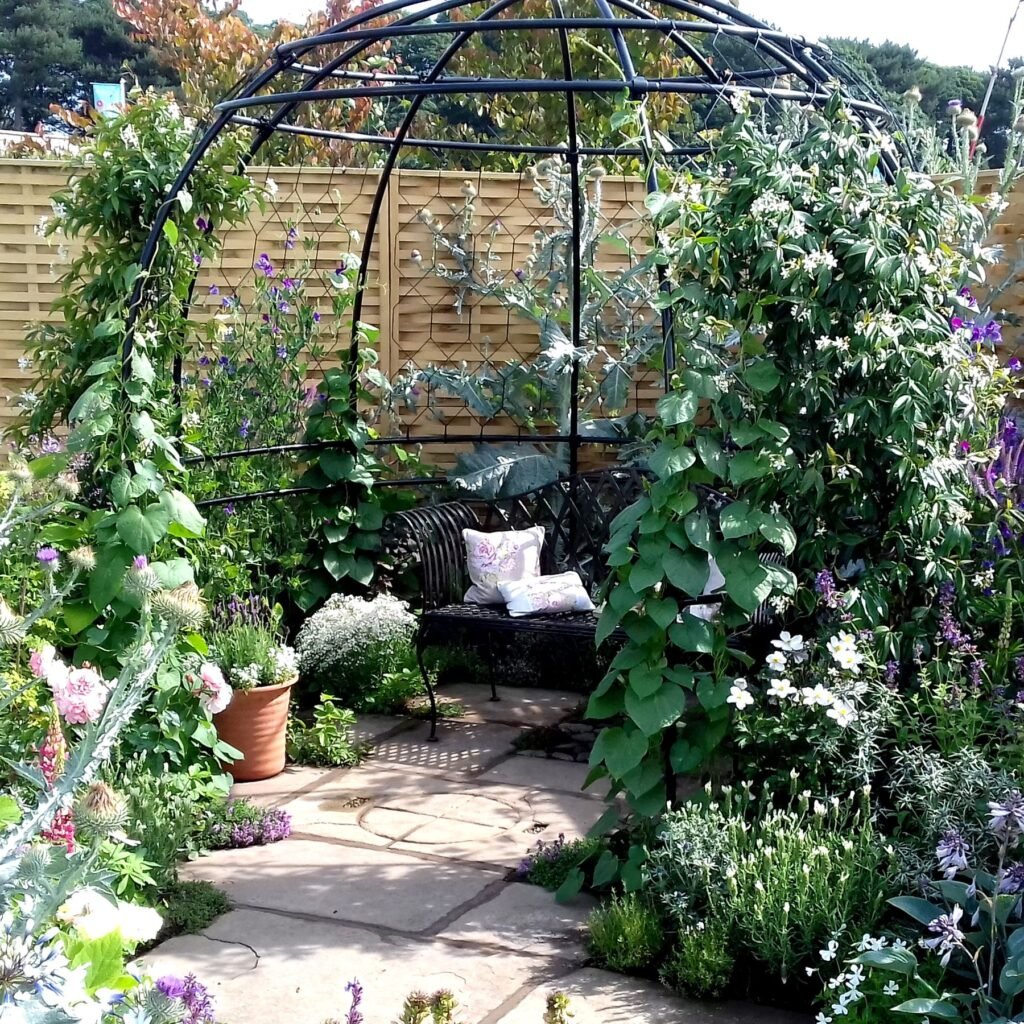
Tomato cages are well-known, but larger, sturdier versions work for many climbing vegetables.
Best For: Tomatoes, peppers, peas, and dwarf beans.
Advantages:
- Contain plants neatly within a vertical structure.
- Easy to place around plants without much setup.
- Great for smaller backyards or container gardens.
Tips for Success:
- Choose heavy-duty cages for larger plants; flimsy wire ones often collapse.
- Anchor cages deeply into the soil.
- For sprawling cucumbers or beans, connect multiple cages with twine for added climbing surfaces.
4. Fences
A garden fence can do more than just keep critters out—it can serve as a ready-made trellis for climbing veggies.
Best For: Beans, peas, cucumbers, and decorative climbers like morning glories.
Advantages:
- Maximizes existing structures.
- Provides long, continuous support for multiple plants.
- Can be used for crop rotation year after year.
Tips for Success:
- Attach netting or wire mesh to wooden fences for easier plant grip.
- Avoid planting heavy crops like pumpkins directly on fences unless reinforced.
- Keep one side accessible for harvest.
5. Pergolas and Overhead Structures
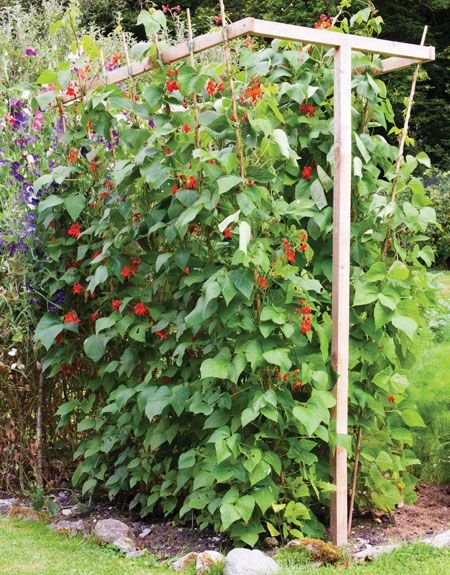
If you dream of dining under a canopy of vegetables, pergolas are perfect.
Best For: Gourds, beans, cucumbers, and small pumpkins.
Advantages:
- Creates shaded sitting areas under productive vines.
- Allows crops to hang down for easy harvesting.
- Adds architectural beauty to outdoor spaces.
Tips for Success:
- Use strong beams to support heavy fruits.
- Choose fast-growing climbers like pole beans for seasonal coverage.
- Check regularly for hidden fruits overhead.
6. Netting and String Systems
A minimalist yet effective approach, nets and strings let plants climb upward with minimal materials.
Best For: Peas, pole beans, cucumbers.
Advantages:
- Inexpensive and easy to install.
- Flexible—can be placed between posts, walls, or existing structures.
- Easy to dismantle and store at the end of the season.
Tips for Success:
- Use biodegradable twine for eco-friendly options.
- Keep netting taut to prevent sagging under plant weight.
- Ensure proper height; peas may only need 4–5 feet, but beans may climb 8–10 feet.
7. DIY Creative Supports
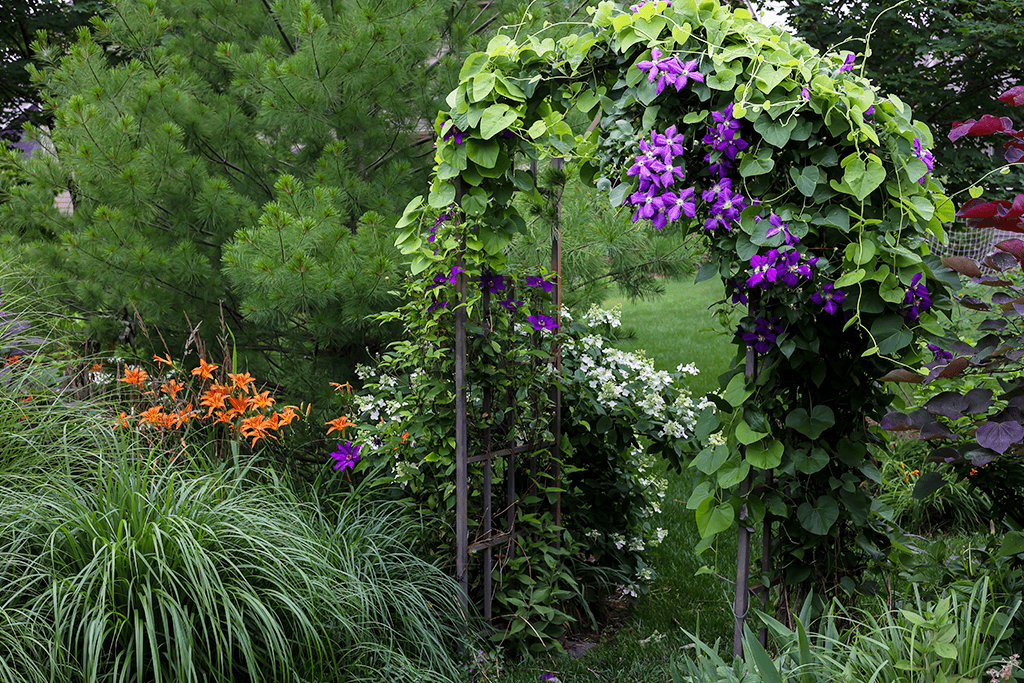
Resourceful gardeners often repurpose materials into unique climbing structures.
Ideas Include:
- Old Ladders – Perfect for cucumbers or peas.
- Bamboo Teepees – Lightweight, natural, and inexpensive.
- Repurposed Pallets – Stand them upright for climbing plants.
- Wire Panels or Rebar Grids – Provide strong, reusable climbing surfaces.
Advantages:
- Low-cost and eco-friendly.
- Customizable to your space and crops.
- Adds personal charm to your garden.
Tips for Success:
- Ensure stability—DIY structures should be anchored securely.
- Smooth rough edges or surfaces to avoid damaging vines.
- Combine functionality with creativity for a garden that reflects your personality.
Matching Structures to Crops
Not every climbing veggie has the same needs. Pairing the right structure with the right plant ensures the best results:
- Beans & Peas: Prefer lightweight trellises, strings, and arches.
- Cucumbers: Thrive on trellises, cages, and A-frames.
- Tomatoes: Do best in cages or strong vertical supports.
- Melons & Squash: Need strong, reinforced trellises or pergolas; use slings to support heavy fruits.
Maintenance and Care
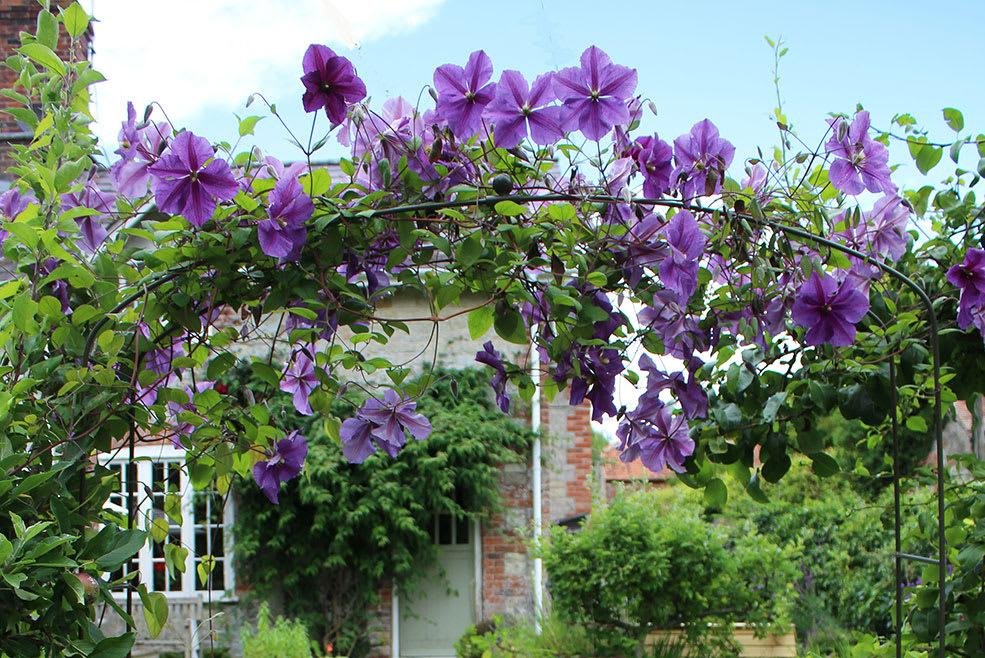
- Training Plants: Some vines twine naturally (beans, peas), while others (cucumbers, tomatoes) need tying and guiding.
- Pruning: Remove excess foliage to improve air circulation.
- Harvesting Regularly: Prevents overburdening supports and encourages continued production.
- Off-Season Care: Dismantle netting or string supports and store them. Clean and inspect wooden or metal structures to extend their lifespan.
Common Mistakes to Avoid
- Underestimating Weight – Heavy crops like melons need stronger support than peas.
- Poor Anchoring – Structures that tip over can damage plants and crops.
- Overcrowding – Planting too densely makes harvesting difficult and encourages disease.
- Ignoring Sunlight – Ensure structures don’t shade out sun-loving crops.
Conclusion
Supporting climbing veggies isn’t just about preventing tangled vines—it’s about maximizing garden productivity, improving plant health, and creating visual interest. From simple string trellises to grand pergolas, there’s a structure to suit every garden size, style, and budget.
By matching your crops to the right support, maintaining your structures, and even experimenting with DIY solutions, you can turn vertical space into one of your garden’s greatest assets. Whether you’re growing a handful of peas on a balcony or a full canopy of gourds over a pergola, the right support will elevate your harvest—and your garden design—to new heights.
